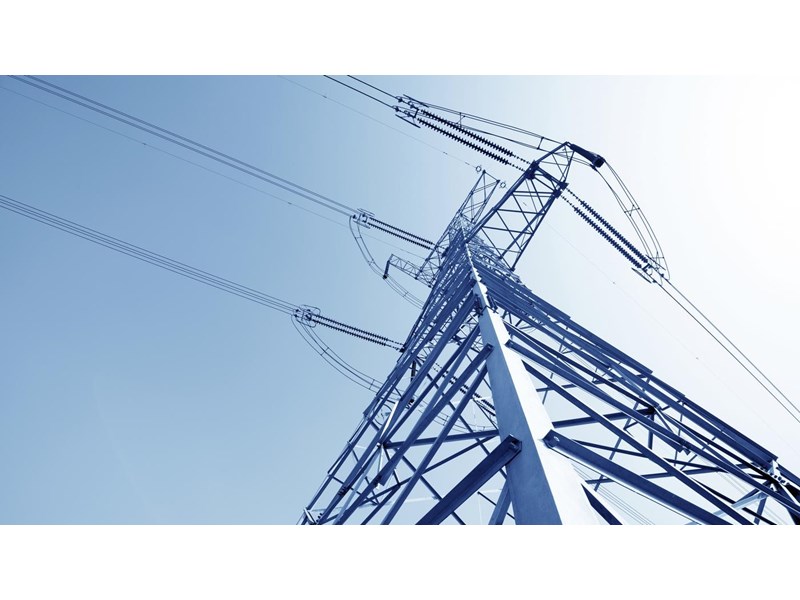European power markets emerge from the energy crisis
But the challenges they now face are no less significant
Peter Osbaldstone
Research Director, Europe Power

Peter Osbaldstone
Research Director, Europe Power
Peter is a research director with more than a decade’s experience in European power and renewables markets.
Latest articles by Peter
-
Opinion
2025 global power market outlook: divergent paths in a transforming energy landscape
-
Opinion
Iberian blackout: let the finger pointing begin
-
Opinion
European power in 2025: the pace, opportunities and challenges of the transition
-
Opinion
European power and renewables: what to look for in 2025
-
Opinion
The outlook for European power and renewables
-
Opinion
Is European power rising to the challenge of decarbonisation?
Dan Eager
Research Director, Europe Power & Renewables

Dan Eager
Research Director, Europe Power & Renewables
Dan is a specialist in power market investment and dispatch modelling.
Latest articles by Dan
-
Opinion
Europe’s power market transition and the role of energy storage
-
Opinion
The renewables PPA landscape in Europe
-
Opinion
The global power market outlook: can global power generation keep up with the energy transition?
-
Opinion
European power markets emerge from the energy crisis
-
Opinion
Unveiling the impact of wind and solar variability on European power
Matthew Campbell
Senior Research Analyst, European Power Markets

Matthew Campbell
Senior Research Analyst, European Power Markets
Matthew is a senior research analyst with our Energy Transition Practice, focused on power market trends across Europe.
Latest articles by Matthew
-
Opinion
Video | Three FIDs, one day: a turning point for CCUS in the UK and Denmark
-
Opinion
The global power market outlook: can global power generation keep up with the energy transition?
-
Opinion
Looking back at a year of European power: 2023 in review
-
Opinion
European power markets emerge from the energy crisis
-
Opinion
How effective were EU emergency power demand reduction measures?
-
Opinion
Global power markets outlook: the energy transition gathers pace
Rishab Shrestha
Principal Analyst, Europe Power

Rishab Shrestha
Principal Analyst, Europe Power
Rishab is a principal analyst at Wood Mackenzie, focusing on European power and renewables markets.
Latest articles by Rishab
-
Opinion
Elevated subsidies enable offshore wind to end 2023 on a high note
-
Opinion
Abundant, low-cost renewables will transform Nordic power markets
-
Opinion
European power markets emerge from the energy crisis
-
Opinion
Renewable energy costs continue to fall across Europe
The energy crisis that has gripped Europe is coming to an end, but its impact will leave lasting marks on the power sector.
An accelerated rollout of wind and solar power is a key pillar of Europe’s policy response to the security of supply concerns and high energy prices experienced as a direct result of the war in Ukraine. More recently, gas prices have dropped rapidly but remain structurally higher than pre-crisis levels.
The insights in this article are taken from our Europe power markets strategic planning outlook 2023 report, which forms part of our Europe Power and Renewables Service. To gain free access to the 14-page extract of this report, which covers supply-mix development, power demand analysis, commentary on key sensitivities and trends (including changes in the levelised cost of electricity (LCOE), power purchase agreement (PPA) volumes, and the challenges of renewable power integration), fill out the form at the top of this page.
Europe’s policy response to the energy crisis
Continued growth in power production from wind and solar is key to decarbonising the generation mix and supporting the energy transition in other sectors via an electrification of demand.
This focus on wind and solar supports our forecast that the power markets of EU-27 countries will deliver 66% of their supply from renewable sources by 2030, as REPowerEU and national energy policies support a surge in supply growth. However, our view of overall market size is substantially lower than that assumed by the European Commission. We predict that, by 2050, the renewable share of power supply will reach 85% and zero-carbon generation will account for 97% of all volumes.
This means that the investment opportunity in European power is enormous. However, supply chain constraints, cost inflation and long lead times prevent the full potential of wind and solar from being realised within the next 10 years. Growth will still be impressive, though, with 235 GW of wind and 369 GW of solar added between 2023 to 2032. This renewable boom will put pressure on technology capture rates in the mid to late-2020s. While deployment rates will moderate post-2032, allowing growth in system flexibility and increasing electrification to deliver a more balanced system.
Market reforms increase uncertainty
The security and cost pressures felt in 2022 have sharpened the focus of policymakers, adding to their already mounting concerns over the integration of ever larger volumes of variable renewables. Individual, national implementations of EU measures, such as caps on infra-marginal revenues, add complexity, raising delivery and performance risk.
The European Commission is committed to caps on infra marginal generators during price shocks, although the expected frequency of extreme prices has now reduced. In the longer term, enduring market reforms increase uncertainty, and must balance the needs of investors with the desire of policymakers to maintain secure, reliable, and affordable supply.
The development of new demand remains critical to the ability of systems to absorb massive volumes of renewable supply, and decarbonised heat applications will go mainstream as green hydrogen is deployed at scale in the 2040s.
The challenges of fulfilling electricity demand
Despite huge growth in capacity, renewables remain unable to serve some part of electricity demand. Areas affected include elements of the expanded heating load or those parts of the EV fleet that remain unresponsive to price signals. This means that thermal generation continues to represent a small but critical component of the supply mix.
Gas’ influence (and therefore the influence of gas prices) is strongest and most enduring in markets with less rapid decarbonisation. Average power prices will fall post-2040 as reliance on gas-fired generation as a marginal price-setter reduces, lower fuel prices emerge, and markets become saturated with low-cost variable generation. However, capture prices and gross revenue expectations continue to offer supportive conditions for investment in renewable power technologies, although there remain downside risks.
Wood Mackenzie’s Europe Power and Renewables Service
Our Europe Power and Renewables Service helps you make sense of the complex regional and national electricity markets, with integrated analysis connecting key macroeconomic factors and commodity prices to 2050. Explore developments in the cost of new power technologies, capacity growth and the evolving generation mix. We also provide detailed analysis of electricity demand, including decarbonised heat and hydrogen loads. The Service offers market and zonal power price forecasts, including technology-specific capture prices, to an hourly level of detail. Historical prices and volumes are also supplied.
Complete the form at the top of this page to read an extract from our Europe power markets strategic planning outlook 2023 report.










